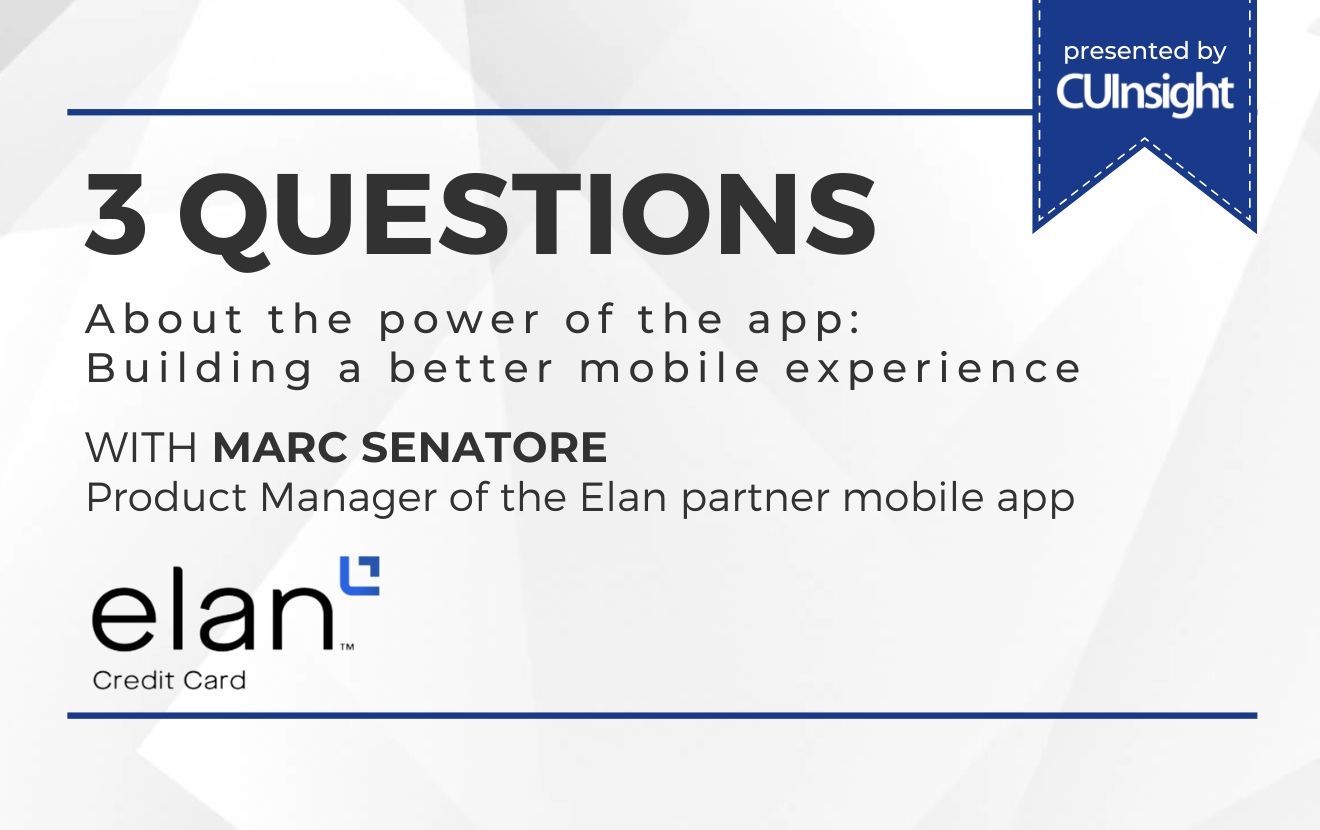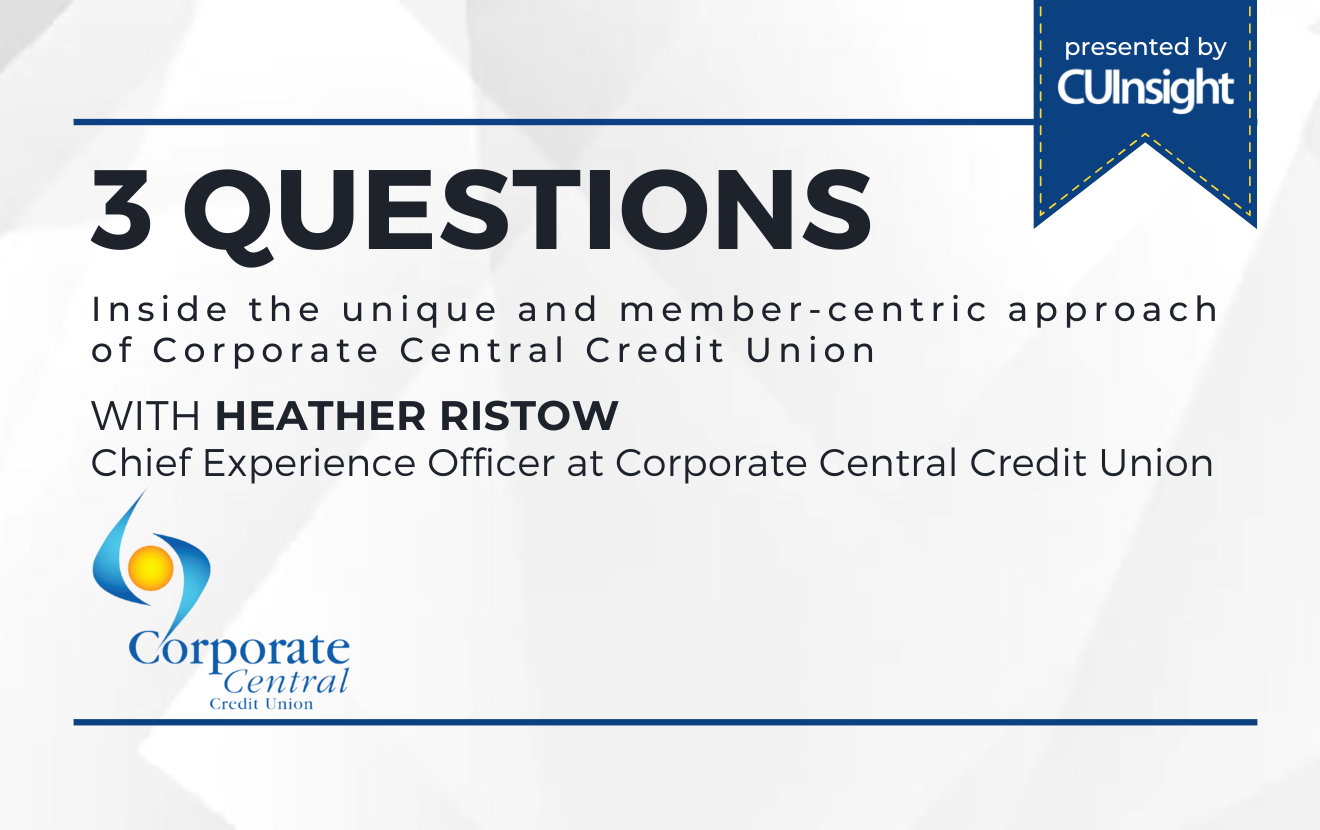There are so many things for an employee to learn when he starts a new job at a new organization. Working with new systems, processes and procedures. Meeting new people. Navigating the organization's culture, norms and politics. Finding a good coffee or lunch spot.
According to an Aberdeen research study, as many as 87% of new employees are not fully committed to a new job for the first six months. In order to gain a new employee's commitment that turns into long-term loyalty, it is essential that we provide ample opportunities for new employees to be put at ease, learn through effective methods and build solid relationships with others.
Many companies have a comprehensive Orientation program that introduces new employees to these concepts, as well as completing necessary paperwork. But even the best Orientation programs are unable to cover everything - particularly when there are a variety of roles up, down and across your organization who are provided the same Orientation experience.
While Orientation is an important component of the Onboarding experience, it is not the only part to consider. Orientation is an event, typically lasting anywhere from a few hours to a few days. Onboarding, however, is a process that truly begins as soon as a potential candidate completes an application or submits a resume, and can end as much as 12 months post-hire, sometimes longer.
A solid Onboarding experience must be a joint effort between the HR/Learning teams and other key stakeholders. Consider the cast of characters who should play a part in the successful hiring and early experiences of a new employee. Depending on your organization's structure, a few of these characters may include:
- Human Resources
- Learning and Development/Training
- IT
- Executives
- Support/Administrative staff
- Co-workers
- Clients
And, of course, the hiring manager. Of all the people who must be involved in a new employee's welcome and Onboarding, no other role can help - or hinder - a new employee's success quite like the hiring manager.
If you hire and manage people, these 5 go-to rules will help you provide a rich, welcoming experience when a new employee joins your team:
Rule #1: Create meaningful connections - Take the time to personally welcome your new employee to the team. Make introductions to key individuals and teams with whom your new employee will frequently interact. Provide a guide or "buddy" to assist during the first few weeks on the job. Helping a new employee feel connected to others within the organization will help him learn faster, assimilate within the culture and increase the likelihood of staying long-term.
Rule #2: Share relevant learning content- Perhaps your new employee will be participating in formal training as he begins in his new role. Great. Consider that your starting point: the 70-20-10 learning model suggests that the most effective learning (approximately 70%!) occurs through informal means. This can happen through on-the-job observation, stretch assignments, job aids and resources, special projects and other practical opportunities. About 20% of learning happens through building relationships - coaching, mentoring, feedback sessions, even social media. 10% happens through formal training - classroom or online, certification programs, and seminars or conferences. Your new employee's Onboarding experience should be a deliberate blend of all three components.
Rule #3: Connect the dots - Even the most thorough content is irrelevant without having the context to understand it. The "fire hose" approach is not effective, even with experienced, quick-learning professionals. At every opportunity, explain WHY when providing new information with a new employee. Even better? Explain the W.I.I.F.M. (What's In It For Me) too. Arm your new employee with helpful understanding of policies, procedures, products and services.
Rule #4: Communicate with intention - Be present for your new employee. Physically and emotionally. The transition to a new organization is a time of uncertainty, even for the most confident and capable. Make your new employee a priority: set aside time each day, sometimes multiple times during the day, to connect with your new employee. Discuss the daily agenda. Answer questions. Provide feedback and ASK for his feedback as well. Set clear performance expectations for the first 30-60-90 days, and check for progress regularly. Simply put - be the manager you would want to work for.
Rule #5: Focus on your customer- Every employee in your organization touches the customer experience, either directly or indirectly. The hiring manager should quickly establish a direct line of sight between the new employee and credit union members, even if it is not a direct path. Make it absolutely clear how that new employee’s role and department impacts the organization, and how your team adds value. Regularly discuss this point with new and existing team members, to maintain that direct line of sight and to keep a laser focus on the customer experience.
As the manager, your team's ongoing success rests on your shoulders. While they are responsible for their own performance, you are accountable for your team's overall impact. Taking ownership of your new employee's Onboarding experience is an involved process, one that requires intentional planning and execution. But providing a robust Onboarding experience sends a clear message that you are investing in your team's success, as well as the organization's overall success. You are the linchpin for that new employee's long-term learning, engagement and loyalty.Certainly a tough job, but what a privilege!
You've got this, hiring manager.







